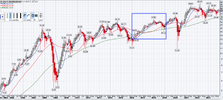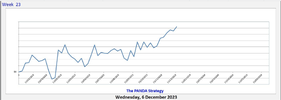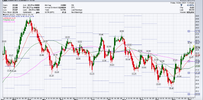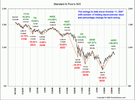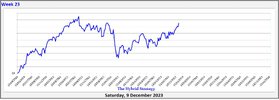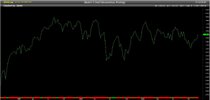100% agree with your sentiment. This thread used to be good several years ago but has well and truly run out of steam and is devoid of serious insight. It has just become a thread for "inspirational quotes" in a quest for likes.
Totally disagree! As someone trying to learn about the market and the many pitfalls involved I find this thread very valuable and very much appreciate the time Skate puts into explaining the many sides of trading.
If you don't need it - don't read it.....simples! But there are many that derive much value from this thread. Thank you Skate!





